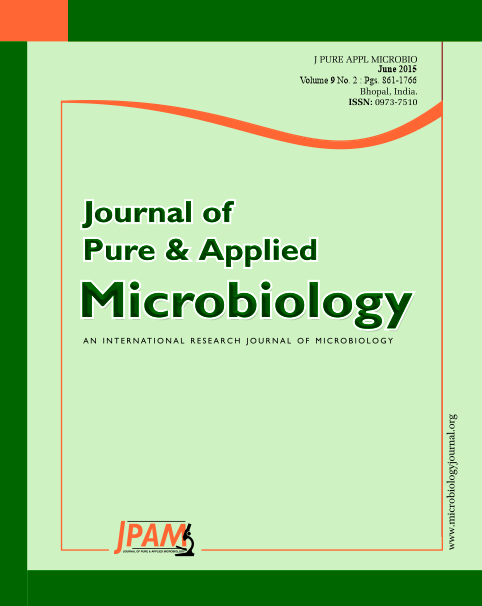As white rot fungi, Cerrena species manifest efficient lignin degrading enzymes for bioremediation applications. A fungal strain from the genus Cerrena was isolated from its fruiting bodies using the tissue isolation method and numbered as GSM-01. It was identified as Cerrena unicolor using ITS identification methods. Optimal culture conditions of mycelia were: favorite carbon source of maltose, favorite nitrogen source of yeast extract, favorite C/N rate of 10/1, favorite growth factor of vitamin B1, optimal temperature of 32 °C, and optimal pH of 6.5. It demonstrated extremely high laccase activity in liquid fermentation. The highest extracellular laccase activity of 2855.0 ± 41.6 U/mL was obtained in the broth with a Cu2+ adjunction concentration of 1.0 mM after a 8th day of cultivation. It is about 190-fold of that of reported C. unicolor strains and indicated its further applications. It also manifested considerably high RNase and phytase activities, but was devoid of protease and lectin activities.
Cerrena unicolor, ITS identification, Laccase, Liquid fermentation, Mycelia
© The Author(s) 2015. Open Access. This article is distributed under the terms of the Creative Commons Attribution 4.0 International License which permits unrestricted use, sharing, distribution, and reproduction in any medium, provided you give appropriate credit to the original author(s) and the source, provide a link to the Creative Commons license, and indicate if changes were made.


